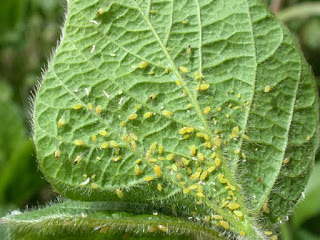Which media is the correct media for my Aquaponics system?
That is a question that is
overlooked more often than not and causes heartache and pain as well as in some
cases a huge cost that can really hurt your bottom line in the long run. So how
do we know, without a doubt that we are choosing the correct media for our
brand new Aquaponic system? There are only a few parameters that need to be
followed to insure you do not get surprised with runaway PH that will cause
your plants to stop up-taking nutrients from the water in your system.
So what is it in the rock we choose that makes in incompatible
with our AP (Aquaponics) system? Limestone!! Limestone is that one naturally occurring
mineral that we do not want our rock to have in it if we are putting it into
our AP system. Many of the river rocks that we find at the big box stores or
sand and gravel yards have limestone mixed in with the rock or it is actually
part of the makeup of the rock. There is one way to tell for sure before you
by, and that is to do a quick little test of the rock before you order a
truckload and put it into your AP system.
The vinegar test. Here is a quick video that I made to demonstrate
the test.
What grow media is considered to be PH neutral? Here one that many people like to use.
 |
| Click here to get some!!!! |
Others you can use include lava rock (scoria), river rock that is PH neutral, expanded shale and many others.
Please share this video with others to help them avoid the same pitfall.
To test your water for everything aquaponic, we recommend this test kit.
 |
| Click here to get one now! |
Or by visiting our store by clicking this link.True Aquaponics Store!!!

















